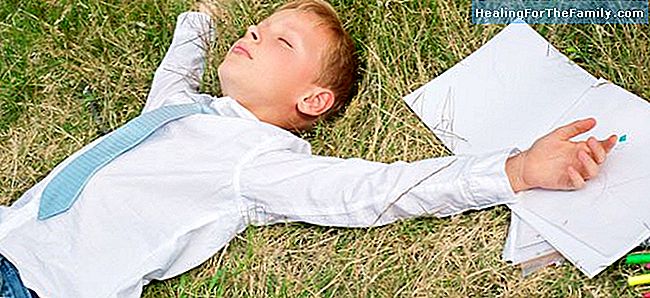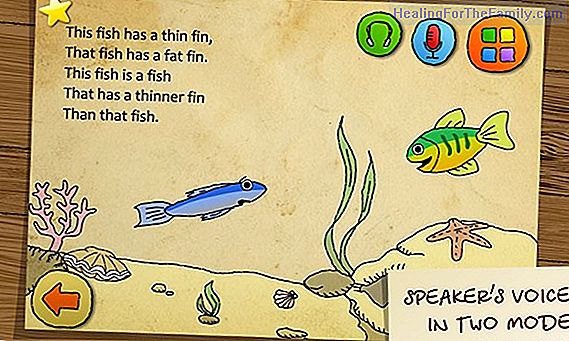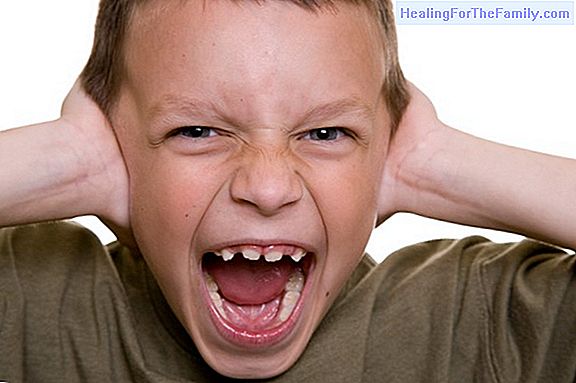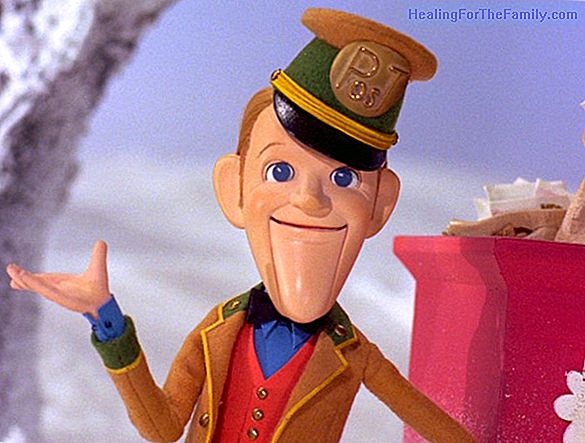The lunar cycle explained for children
Mom, why does the moon change and why does it appear differently in the sky every night? If there is something that catches a lot of children's attention it is the atmosphere , the nature, the formation of the clouds, the sunsets or the nocturnal appearance of the moon . Understanding these processe
Mom, why does the moon change and why does it appear differently in the sky every night? If there is something that catches a lot of children's attention it is the atmosphere, the nature, the formation of the clouds, the sunsets or the nocturnal appearance of the moon. Understanding these processes makes it much easier for parents to explain curiosities to children like the moon cycle easily.
The lunar cycle for children
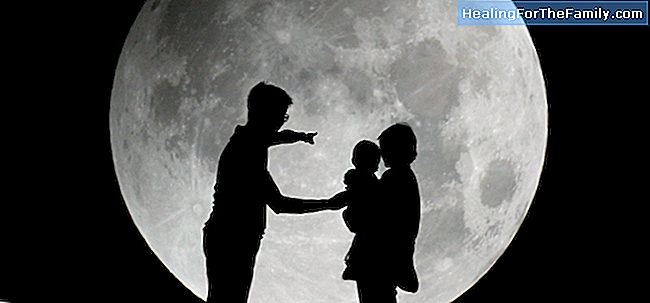
To begin with, in order to explain to children the lunar cycle lo, it is best to get some articles to make the explanation easier. We can do it through small plasticine balls in different colors to stage the lunar movements and also for the earth to be present. We can also do it with drawings to explain the different phases of the moon and its movements.The first thing our children should know about the moon cycle is that it is the only natural satellite on Earth. This means that it moves around our planet, which revolves around the Sun. Depending on the position with respect to the Earth
and the Sun , this will be the phases of the moon, in a cycle that lasts about 29 days , and that they are the different illuminations through which the moon passes when giving a complete return in the Earth. Thus, the moon will change day by day, which awakens the curiosity of children. The phases of the moon explained for childrenSo that the children understand how the moon is changing, with each of the drawings or plasticine constructions of the moon phaseswe have to go putting them around the Earth, leaving the Sun to one side to understand their performance.
- New Moon:
This type of moon is barely perceptible. For children to understand, with the plasticine balls, we must make a circumference that is the same color of the night sky, so that they grasp that it will not be seen. If we are drawing, we can also put it behind the sun, which is the one that prevents its visualization in the sky. - Crescent Moon: It is the phase that is between the new moon, the crescent moon and the full moon and lasts approximately between 19 and 30 hours, which means that it can be seen from different angles. It is very small, and we can draw it easily.
- Fourth crescent: It is the most characteristic way for a child, since it has the shape of a melon slice, but in order not to be confused we have to tell them that it is not the one that draws a 'C' in the sky, but just the contrary. To draw it on paper, just do the opposite part, since the moon is forming a 90 ° angle with the Earth and the Sun.
- Full Moon:It is one of the most recognizable phases for children. They will easily understand that when the lunar cycle has all the leading role of the sun, the
visualizationwill be total. The moon, also called full moon, will be completely round, so the play with plasticine or the drawing must be a circle that is white inside. - Fourth waning : In this phase, the moon draws a right angle like the crescent moon, but just opposite. Placing a mirror over the previous drawing will make the children easily understand that the moon has turned around when illuminated from that side.
- Black Moon: It is in this phase when the moon begins its cycle from the origin. For children to understand, we must give dynamism with arrows that join the drawings or plasticine.


